Update: This post was published in 2014, so some of these links may no longer be available!

I was recently referenced by Onegreenplanet.org as a blog to use when looking for adopting a Zero Waste Lifestyle (see #2). The article, 10 ways to Adopt a Zero Waste Lifestyle by Kate Good, is a great compilation of advice. I thought I would share it here:
On whole, the American population only represents five percent of the world’s population, yet as a nation we generate about 30 percent of the world’s garbage. Now I’m not placing blame on any one individual, we are all in this together. On average, every person in the U.S. creates one million pounds of materials per person a year. To break this down a little, that is enough garbage to fill 63,000 garbage trucks everyday. All that trash doesn’t just disappear, there are over 1,908 landfills in the U.S. and we’ve all heard the stories about trash island.
I know these figures seem impossible, but think about how much waste you produce on a regular day. Disposable water bottles, coffee cups, napkins, all the packaging you throw out, the list goes on and on because we live in a very disposable society. But sitting back and accepting this trash problem is hardly the answer, in fact, with a few adjustments living a zero waste lifestyle is very possible.
Living a zero waste lifestyle involves a little forethought and a lot of inspiration. Bea Johnson, the famed Zero Waste Home blogger and zero waste guru outlines simple steps everyone can adopt to limit their trash legacy. If everyone in America adopted only a few of these habits, we could save thousands of tons of trash from landfills, improve air and water quality, and even save some money in the process.
Per Bea Johnson’s method, I have separated these tips into categories that show you how to prevent waste in the various aspects of your life.
So, what do you say, is it time for you to break up with your trash?
Kitchen
1. Down with Disposables — The kitchen is filled with disposable items that are responsible for a whole lot of waste. Try these alternatives instead:
- Replace paper towels with reusable rags
- Pack to-go meals with reusable sandwich bags
- Non-Disposable or biodegradable dinnerware
- Always bring your own shopping bags
- Earth friendly sponges
Here are some options we offer at Package Free!
2. Buy in Bulk — Disposable containers generate 13 million tons of plastic waste in the U.S. Taking a few minutes of planning before you head to the grocery store can help eliminate that waste.
- Bring mason jars to the grocery store to hold bulk items or foods from the deli counter. Check out this expert guide to zero waste shopping from Trash is for Tossers.
- Consider buying bulk castile soap to use as hand and dish cleaner instead of buying a bunch of little bottles of different cleaners. Castile soap can also be used as body wash, shampoo.
We also offer bulk castile soap at Package Free!
3. Love your Leftovers – Forty percent of all food goes to waste in the U.S. Check out these recipes from WeHateToWaste.com and learn to love your leftovers. Whatever can’t be salvaged should be composted!
Closet
4. Shop Second Hand — Carbon Trust estimates that CO2 emissions associated with clothing account for three percent of global emissions. This number includes out-sourced production, shipping, washing, and drying. Shopping second hand saves good clothing from a landfill and reduces the overall demand for clothing production.
5. Take Care of Clothes — Buying fewer items of higher quality will save you money in the long run and make it more likely you will take the time to mend rips and tears instead of throwing it out.
Office
6. Bring Your Lunch — According to RecycleWorks.org, disposable lunches (to-go packaging, plastic utensils, etc) generate 100 pounds of trash per person annually. Check out these waste-free lunch supplies from ReUseIt.com and save some waste and money as well.
We also offer a Zero Waste Lunch Kit from Package Free!
7. Go Digital — The average office worker uses two pounds of paper per day! Take notes on your laptop and communicate with your colleague’s via e-mail rather than using paper.
8. Recycle! — Unless your office has gone completely paper-less, chances are there are stacks of paper that could be recycled. While reusable water bottles are the BEST option, any plastic water bottles should be recycled as well. Introduce a recycling bin to your office, you can even make a game out of it with help from Recyclebank.
Bathroom
9. Simplify Cleaning Supplies — White Vinegar and baking soda are your new best friends. These all natural alternatives to dangerous chemical cleaners are versatile, effective, and eliminate plastic bottle waste. Check out this link for a list of zero waste alternatives for all your bathroom supplies.
10. Make Your Own Cosmetics — Save money, avoid harsh chemicals, plastic containers, and packaging by making your own cosmetics. Check out Free People’s blog for instructions on how to make your own natural cheek and lip stains, perfume, shampoo, make-up remover, and more. Also be sure to check out OGP’s very own DIY beauty guides right here.
Thanks for the love One Green Planet!!
xo Lauren


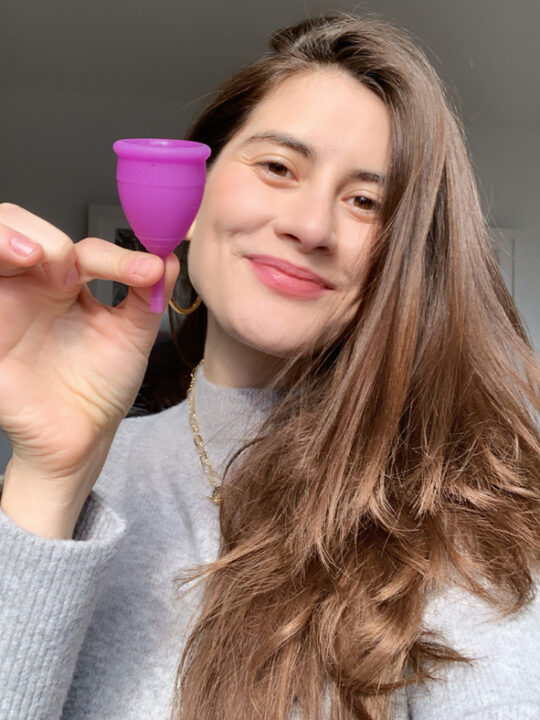
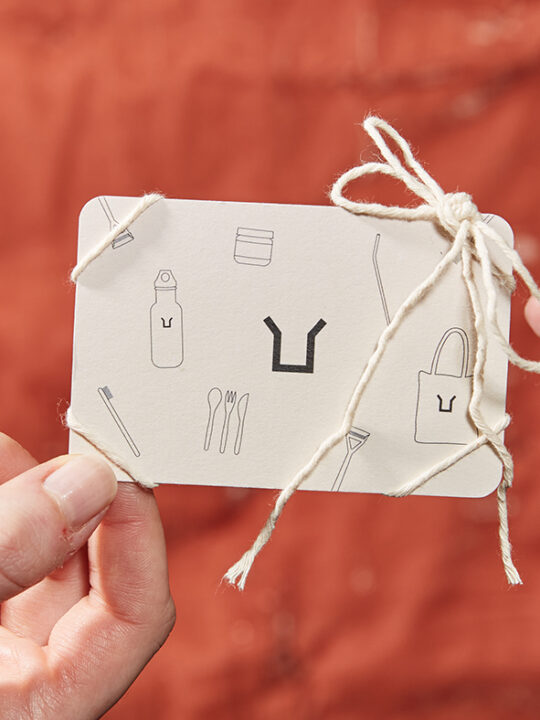
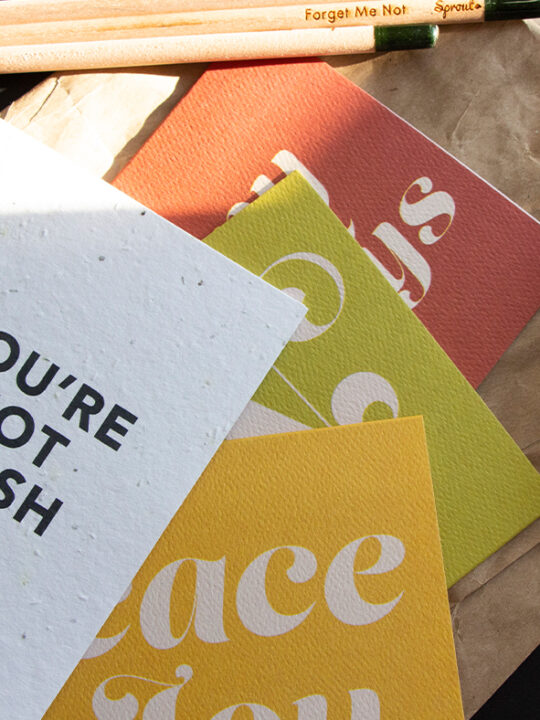
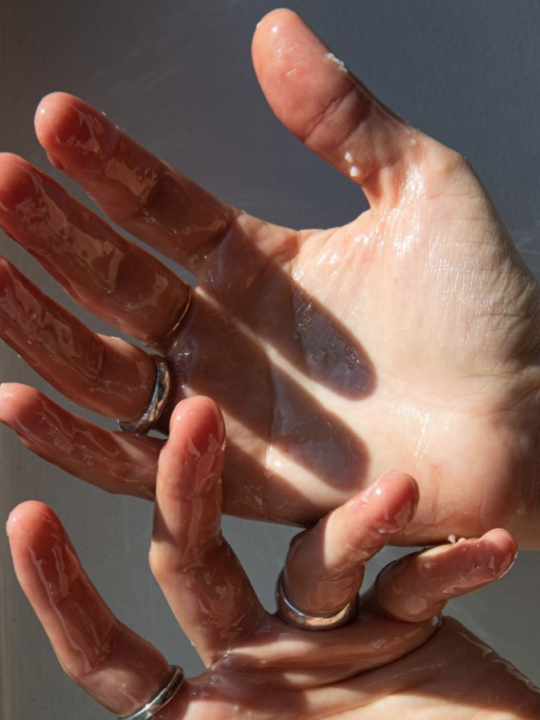
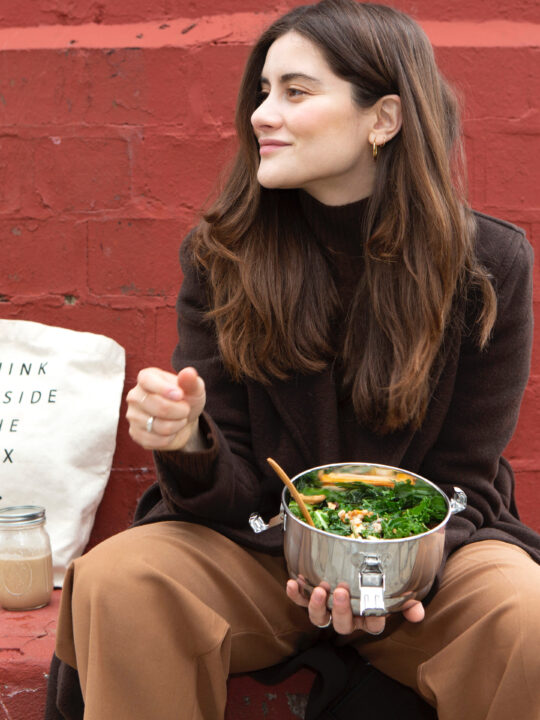

2 comments
I have a question regarding the baking soda & vinegar as cleaners. Do you purchase these items in bulk as well, or do they come pre-packaged? If bulk, where can you find white vinegar in bulk and what do you use to transport it? Thank you!
These are all really good tips for starting out! Thanks!!!